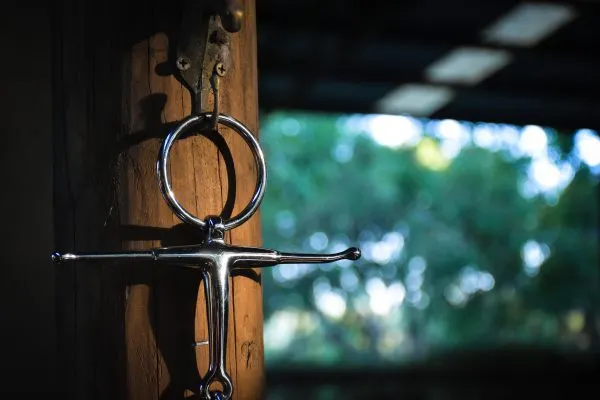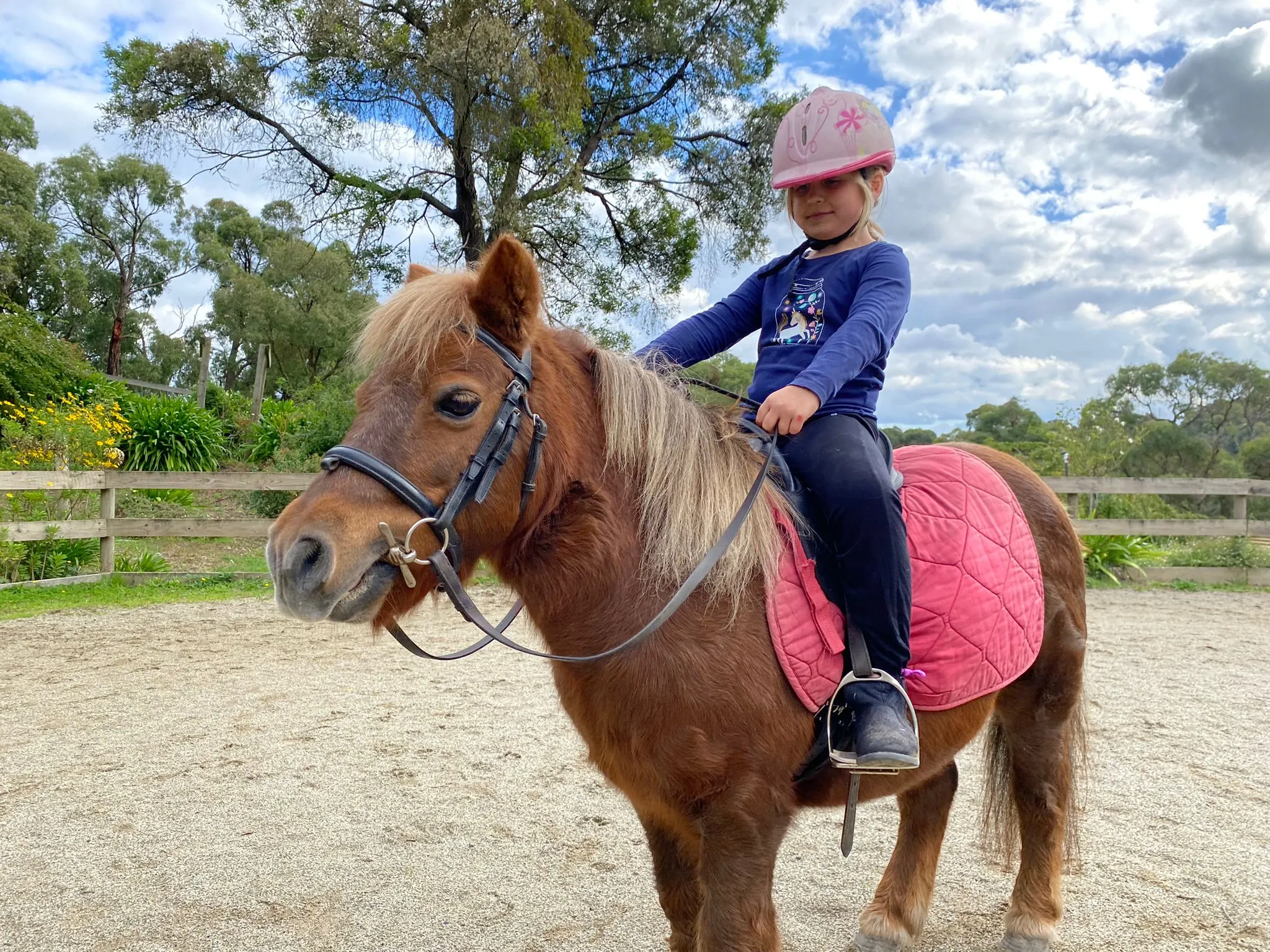Why a Single Jointed Snaffle Bit is Most Beneficial for Horses: Understanding Comfort, Control, and Communication
In the world of horse riding and training, one of the most important elements to understand is how to properly communicate with a horse through the bit. The relationship between the rider’s hands and the horse’s mouth is fundamental to creating a harmonious partnership. For many riders, selecting the right bit can make a world of difference in their horse’s comfort, responsiveness, and overall well-being. Among the various options available, the single jointed snaffle bit stands out as one of the most beneficial for a horse’s comfort, effectiveness in communication, and ease of control.
A snaffle bit is a basic, mild type of bit that applies pressure to the horse’s mouth through its central piece, which sits inside the horse's mouth. It works by allowing the rider to guide the horse using rein aids that gently encourage responsiveness. However, there are different types of snaffle bits—each designed with specific features, which offer varying degrees of pressure and communication. Among these, the single jointed snaffle bit, in particular, stands out for its ability to balance comfort, control, and the important relationship between rider and horse. To understand why this type of bit is so beneficial, we need to explore its unique design and how it compares to other bits.

The Single Jointed Snaffle Bit:
Design and Functionality
The single jointed snaffle bit is characterised by a single, central joint in the mouthpiece, creating an angled effect when the reins are used. This joint allows the bit to move, apply pressure to the corners of the mouth, making it effective for communication. When a rider applies pressure to the reins in an upward direction so as not to put pressure on the horses tongue or bars, the single jointed snaffle bit exerts gentle but direct pressure on the horse's mouth, encouraging the horse to respond to the rider’s aids by reaching forward onto the bit. The single joint’s design is important because it maintains a degree of stability in the horse’s mouth.
The simplicity and mildness of a single jointed snaffle make it ideal for all horses, particularly those that are still developing or are sensitive to pressure. The gentle nature of the bit is less likely to cause discomfort or confusion than a more complex bit, allowing the horse to focus on the task at hand. It’s important to remember that comfort is a critical element in building trust and confidence between the horse and rider. This connection is the foundation for effective training and partnership.
Double Jointed Snaffle:
Potential Discomfort for Horses
While the single jointed snaffle is widely regarded as an effective bit, some riders may opt for a double jointed snaffle bit, which features two joints rather than one. On paper, the double jointed snaffle may seem like a more versatile option, offering greater flexibility and a more evenly distributed pressure across the horse's mouth. However, it can introduce some challenges for both the rider and the horse, particularly when it comes to comfort during turning.
When a double jointed snaffle bit is used, the central link in the bit moves when the rider applies pressure to the reins. While this movement may seem subtle, it can have an impact on the horse’s comfort. In particular, the central link of a double jointed bit tends to press into the corners of the horse's mouth, which can cause discomfort, especially during turns. As the bit moves, the horse may feel an unwanted pressure on the delicate tissue at the corners of its mouth. This discomfort can make the horse resist the turn or even become less responsive to the rider’s cues.
The key issue with a double jointed snaffle, especially in turning, is that the movement of the bit may cause unnecessary irritation and confusion, making it harder for the horse to remain relaxed and responsive. When a horse is not comfortable with the pressure from the central link, it can lead to anxiety, resistance or poor performance . In contrast, a single jointed snaffle offers a more stable and predictable action, which can help minimize such issues and ensure a smoother, more comfortable ride for the horse.

Loose Ring vs. Fixed Sided Snaffles
Snaffle bits come in a variety of designs, and one of the major distinctions is whether the bit features loose rings or fixed sides. Both types offer different benefits, depending on the horse's needs and the rider’s goals.
Loose Ring Snaffles These bits have rings that are not fixed to the mouthpiece, allowing them to move freely. The loose rings provide a more independent movement, which can be beneficial for horses that tend to lean on the bit. The free movement of the rings encourages the horse to lift its head and maintain a more fluid, responsive posture. This is particularly useful for horses that have a tendency to over-rely on the rider’s hands or lean forward during movement, as the loose ring provides a more flexible and subtle cue. When used correctly, loose ring snaffles can help promote a more natural, self-carriage in the horse.
Fixed Sided Snaffles: In contrast, a fixed sided snaffle has rings that are attached to the mouthpiece in a more permanent manner. These bits provide a more stable, direct action. Fixed sided snaffles are often used for horses that are reluctant to take the contact or who do not respond quickly to the subtle cues of a loose ring snaffle. For horses that lack mobilty in their jaw or have trouble relaxing into the bit, fixed sided snaffles can offer more consistent communication and help encourage the horse to soften its mouth and accept the rider’s hands. The fixed sides eliminate any additional movement, making the pressure on the horse’s mouth more predictable and constant.
Each type of snaffle has its place in training and riding and the choice between a loose ring or fixed sided snaffle should be based on the specific needs of the horse. For horses that tend to lean, the loose ring snaffle may provide the necessary freedom of movement to correct that issue. On the other hand, for horses that are hesitant to accept contact, the fixed sided snaffle can encourage them to relax and engage with the rider’s aids.
Side Bars on Bits: Aid in Turning and Control
Some bits, such as the FM or Tom Thumb, feature side bars that provide additional support and control. These side bars help guide the horse’s movements, especially when it comes to turning. While these bits offer more control than a simple snaffle, they should be used with care and understanding, as they increase the pressure on the horse's mouth, particularly on the corners. The side bars on these bits aid in directing the horse's head and improving responsiveness to turning aids.
The Relationship Between the Horse’s Mouth and the Rider’s Hand
Perhaps the most important aspect of bit selection and use is the relationship between the horse’s mouth and the rider’s hand. This connection is the key to achieving effective communication and building trust between horse and rider. The mouth is a highly sensitive area for a horse and the rider’s hands must be skilled and gentle in their approach. The ideal end result is a horse that feels comfortable in the mouth, relaxed in its movements, and confident in responding to the rider's aids.
The goal is not to force the horse into submission but rather to create a partnership where the horse willingly accepts the bit and responds to the rider’s cues. A bit, should never cause pain or discomfort but rather provide the horse with clear, consistent communication. When the horse's mouth is comfortable and responsive, it can focus on the task at hand and move fluidly with the rider, resulting in a harmonious ride.

Conclusion:
The Benefits of the Single Jointed Snaffle Bit
The single jointed snaffle bit offers many advantages for both horse and rider. Its mild design ensures that the horse remains comfortable while still being responsive to the rider’s cues. Unlike the double jointed snaffle, which may cause discomfort in the corners of the mouth during turning, the single jointed snaffle provides a stable, predictable action that helps create a positive learning experience for the horse.
When choosing between loose ring and fixed sided snaffles, the key is to consider the individual horse’s needs. Loose ring snaffles are ideal for horses that tend to lean, while fixed sided snaffles are best for those that are reluctant to take the contact. Additionally, side bars like those on FM or Tom Thumb bits can aid in turning, but should be used with caution to avoid over-correction.
Ultimately, the most important consideration is the relationship between the rider's hands and the horse’s mouth. A confident, willing horse is the result of clear communication, consistent pressure, and a comfortable bit. The single jointed snaffle remains one of the best options for achieving this balance, making it a versatile and beneficial choice for riders of all disciplines.
